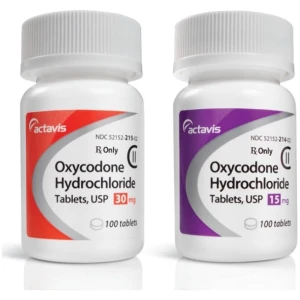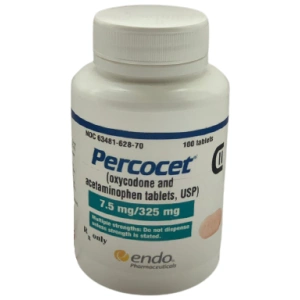Understanding Oxycodone: Uses, Risks, and Alternatives
Oxycodone is a powerful prescription medication primarily used for managing moderate to severe pain. As an opioid analgesic, it works by altering the way the brain and nervous system respond to pain. Despite its effectiveness, the use of oxycodone comes with significant risks, particularly the potential for addiction, dependence, and a host of side effects.
What is Oxycodone?
Oxycodone, derived from the opium poppy, works by binding to specific receptors in the brain known as opioid receptors. This binding action not only alleviates pain but can also induce a sense of euphoria, contributing to its potential for misuse. Originally approved for use in the early 20th century, oxycodone is often prescribed after surgeries, for chronic pain conditions, or for managing pain in cancer patients.
Common Uses of Oxycodone
Oxycodone is frequently used in various medical settings:
– Post-Operative Pain Relief: Following surgical procedures, oxycodone can help patients manage severe pain when other medications may be insufficient.
– Cancer Pain Management: For individuals dealing with the relentless pain of cancer, oxycodone provides relief and improves the quality of life.
– Chronic Pain Conditions: Many people suffering from long-term conditions like arthritis or fibromyalgia may be prescribed oxycodone as part of a comprehensive pain management strategy.
The Risks Associated with Oxycodone
While oxycodone can be highly effective, it is important to understand the associated risks. These include:
– Addiction and Dependence: One of the most concerning aspects of oxycodone use is its potential for addiction. The euphoric highs combined with the body’s adaptation to the drug can lead to physical dependence and, ultimately, addiction.
– Side Effects: Common side effects range from mild issues like constipation and dizziness to severe problems including respiratory depression. Patients must be closely monitored to mitigate these effects.
– Overdose Potential: Taking oxycodone in higher doses than prescribed can lead to overdose, which can be fatal. Symptoms of overdose include extreme drowsiness, slow or troubled breathing, and loss of consciousness.
How to Use Oxycodone Safely
If prescribed oxycodone, it is crucial to follow your healthcare provider’s instructions meticulously. Here are some guidelines to ensure safe use:
– Follow Dosage Instructions: Always adhere to the prescribed dosage and frequency. Never take more than directed, as this significantly increases the risk of addiction and overdose.
– Discuss Your Medical History: Inform your doctor about any other medications you are currently taking, as some combinations can be dangerous.
– Avoid Alcohol and Certain Medications: Mixing oxycodone with alcohol or other central nervous system depressants can lead to severe complications, including respiratory failure.
Alternatives to Oxycodone
If you are concerned about the risks of oxycodone, several alternative pain management options are available:
– Non-Opioid Pain Relievers: Over-the-counter medications like ibuprofen or acetaminophen can be effective for mild to moderate pain without the risks associated with opioids.
– Physical Therapy: Engaging in physical therapy can help alleviate pain, particularly for chronic conditions, without the use of medication.
– Alternative Treatments: Acupuncture, chiropractic care, and mindfulness practices are becoming increasingly popular as complementary treatments for pain management.
The Bottom Line on Oxycodone
Oxycodone remains an essential tool in pain management for many patients dealing with acute and chronic pain. However, its potential for addiction and serious side effects cannot be overlooked. Understanding the risks and methods for safe usage is crucial for anyone prescribed this medication.
Before starting oxycodone, engage in a thorough discussion with your healthcare provider about your pain management plan. Consider alternatives and ensure that you are making informed choices about your treatment options. By doing so, you can find a balance between effective pain relief and minimizing the risks associated with oxycodone. Always prioritize your health and safety when it comes to opioid use, and explore comprehensive strategies for managing pain effectively.







Reviews
There are no reviews yet.